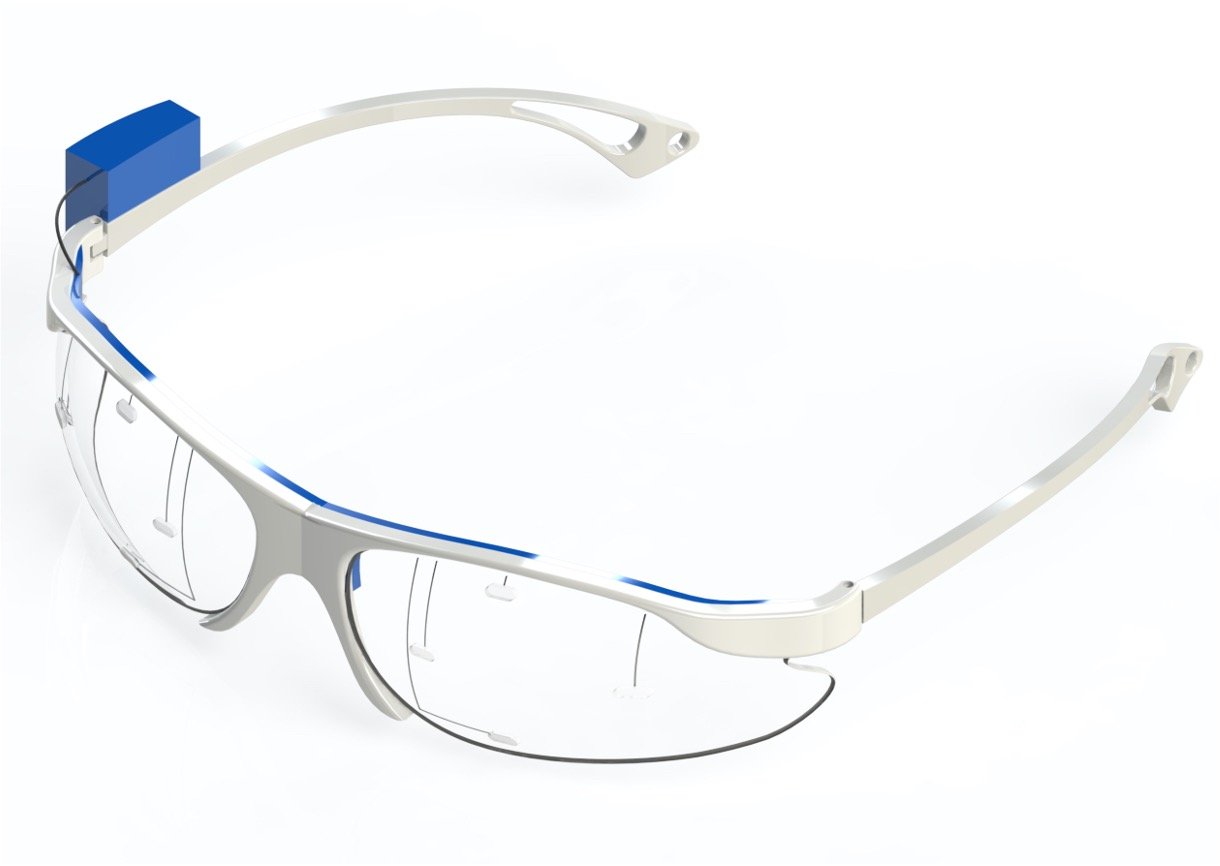Somalytics' eye-tracking sensors could make PSVR 2 tech obsolete

What you need to know
- Somalytics debuted the world's smallest capacitive sensors at CES.
- These sensors are made of carbon nanotube-based paper and measure in at just 40,000,000,000th of a meter.
- These sensors can be used for a wide variety of applications including touchless buttons, smart home switches with gesture recognition, and even camera-less eye-tracking for VR headsets.
CES is always full of unique and interesting gadgets, and one of the most interesting we've seen so far is a new type of sensor from a company called Somalytics. Somalytics is headed by a team of industry experts, including Barbara Barclay, who I sat down with virtually at CES to discuss what the startup has been working on.
In the short of it, new sensors made of carbon nanotube-based paper — which measure in at just 40,000,000,000th of a meter — are used to measure electrical impulses. Capacitive sensors are used in basically any gadget that works with taps or swipes, like your smartphone's touch screen or the touch buttons on an appliance.
Barclay outlined several use cases, including smart home sensors that can detect 3D gestures (pictured below) — and are sensitive enough to detect individual fingers for more advanced gestures — touchless buttons for public uses like elevators, and even eye-tracking in VR headsets without the need for a camera.
This last component is particularly fascinating given that Sony's PSVR 2 was just announced with eye-tracking support. That headset uses IR cameras to detect eye movement, while a headset using Somalytics sensors would detect movement via electrical impulses, resulting in a more privacy-focused outcome.
In addition to this, Somalytics sensors can detect eye movements much more quickly than a camera ever could. These sensors can run at up to 1,000Hz — compared to 60Hz for most cameras — meaning they can keep up with saccades, or the rapid, seemingly random movements of eyes. They also have a significantly lower latency than cameras provide, with less than 3ms latency versus around 30ms for a camera.
The image above shows an early prototype of eye-tracking glasses. That tech could be translated to a future VR headset without adding any real bulk or power draw the way a camera would require.
Barclay previously worked at Tobii, the company responsible for eye-tracking methods in many existing VR headsets like the HTC Vive Pro Eye and the Pico Neo 2 Eye, so it makes sense that Somalytics would be taking this approach.
Be an expert in 5 minutes
Get the latest news from Android Central, your trusted companion in the world of Android

Somalytics says its sensors are sensitive enough to measure several inches away from the sensor itself, which gives lends a wide variety of uses to them and could power some of the best smart home gadgets in the future.
Somalytics isn't announcing any specific partnerships with companies at this CES — citing that many of these products are still in the prototype or very early phases of consumer implementation — but it's entirely likely we'll see these in products in the near future. Thinking of future smart homes where devices are controlled without speaking to a virtual assistant or even flicking a physical switch is absolutely fascinating, and we hope to see more from Somalytics soon.

